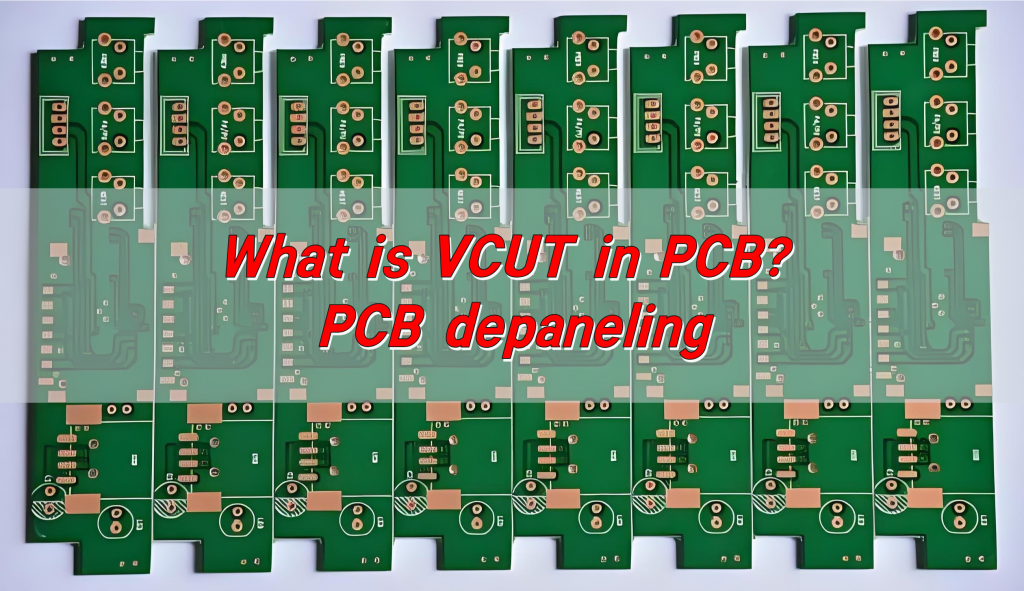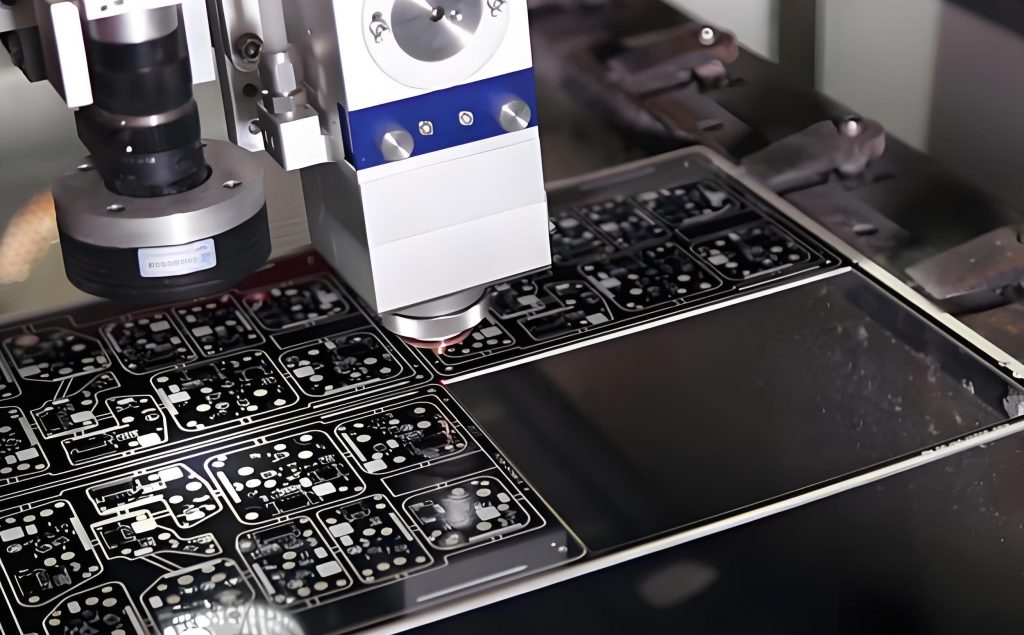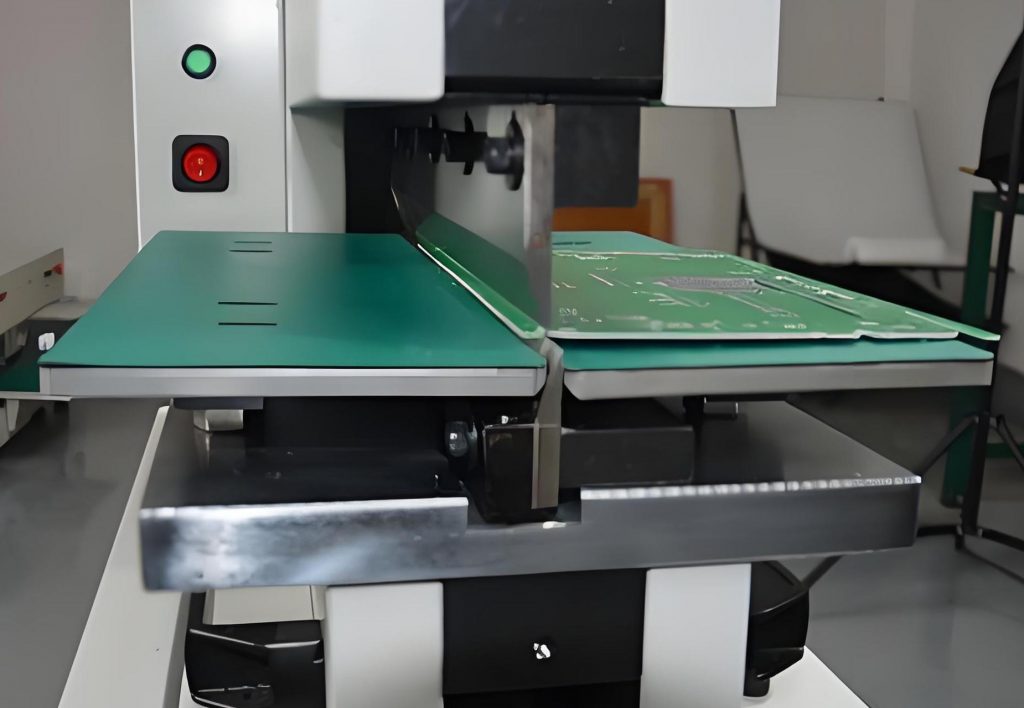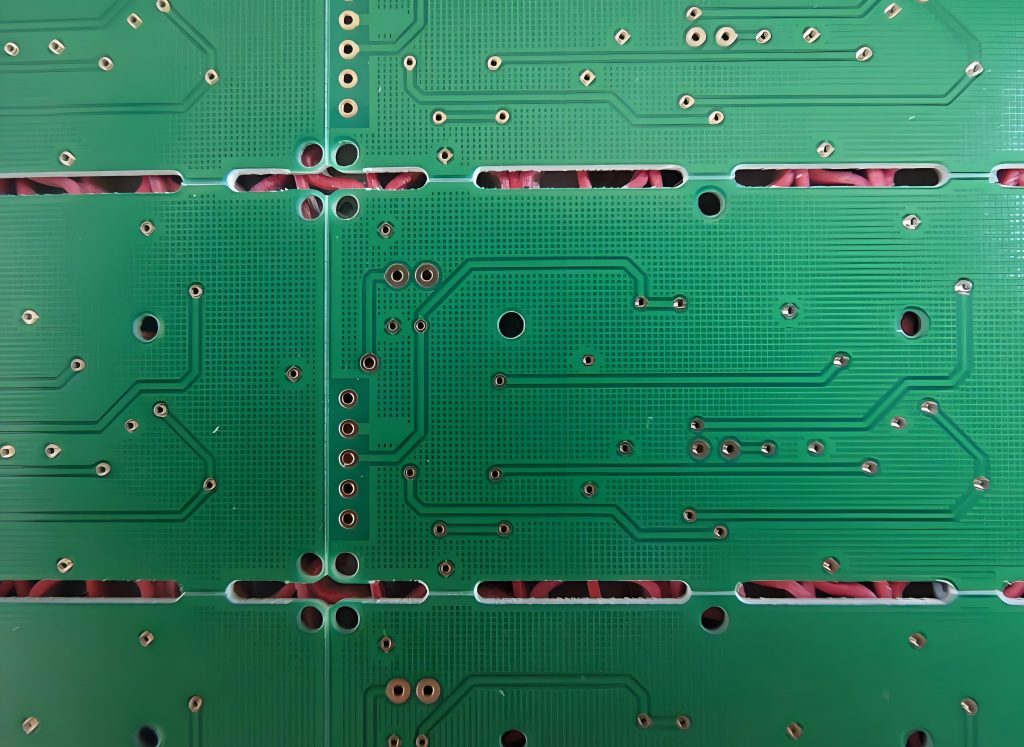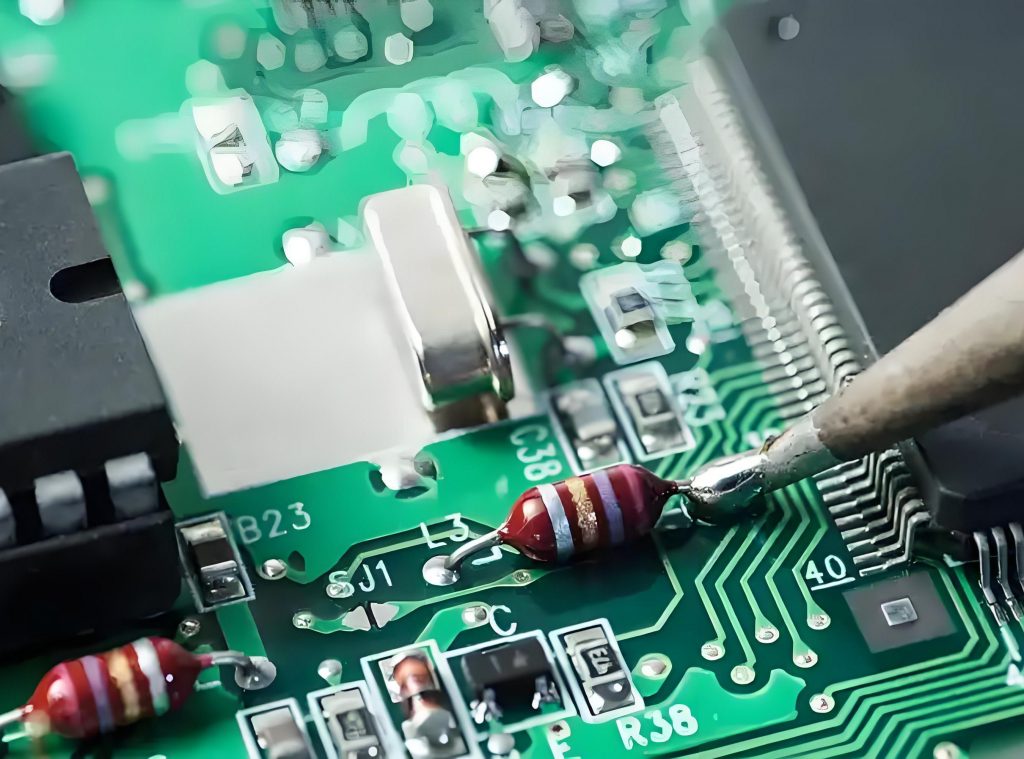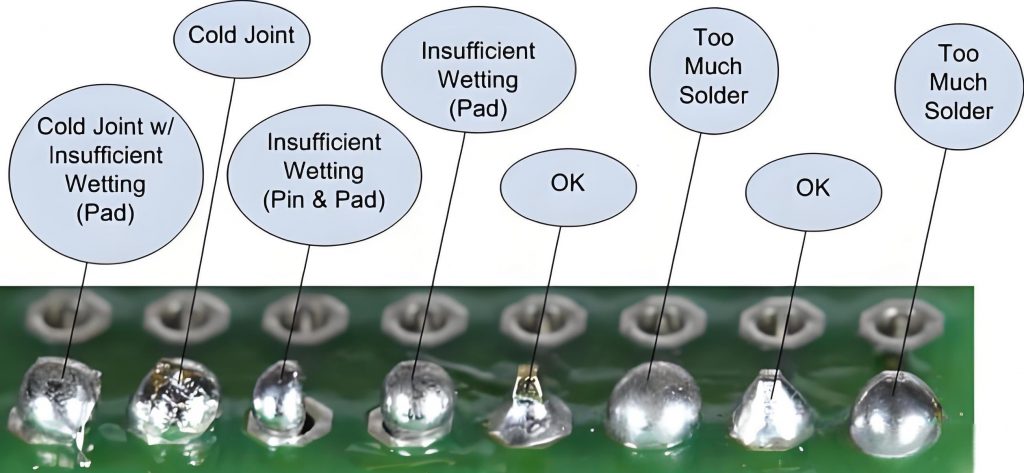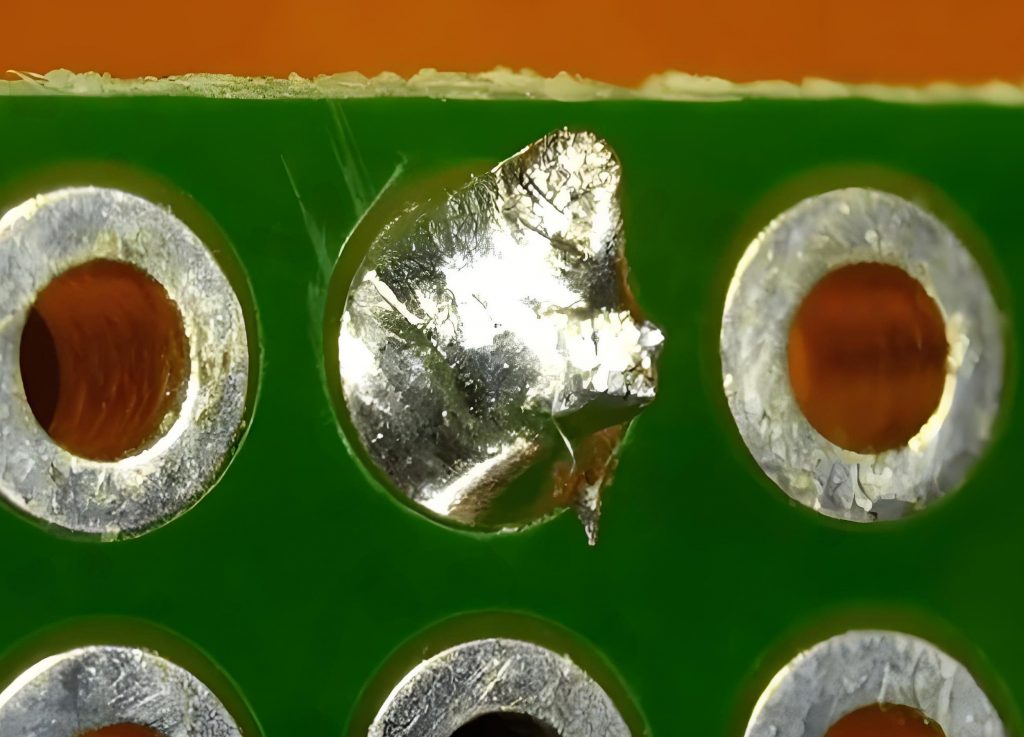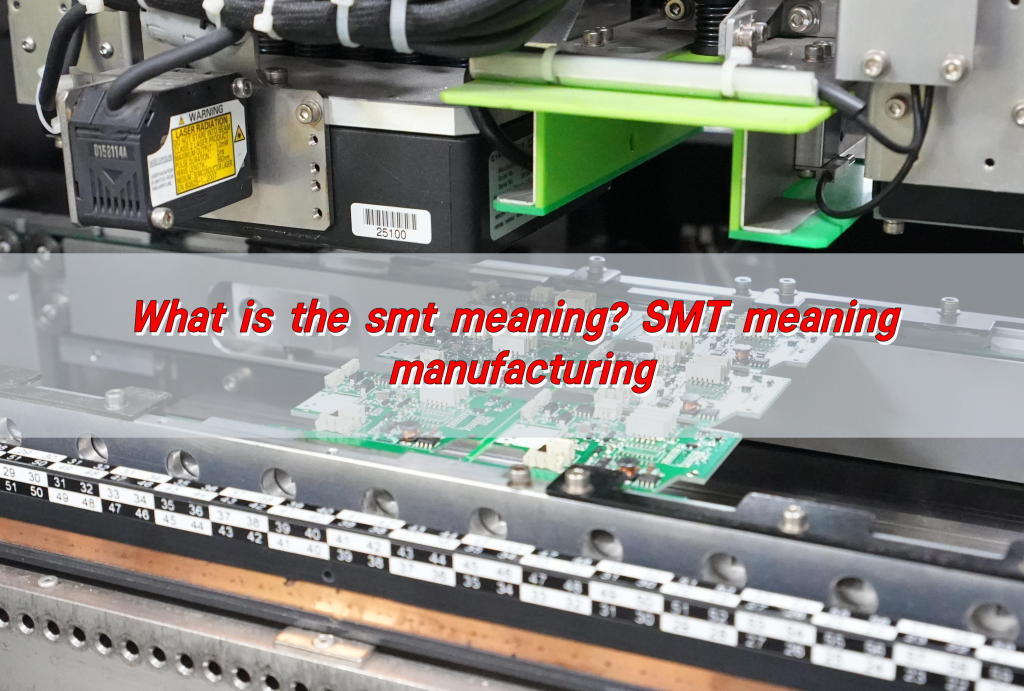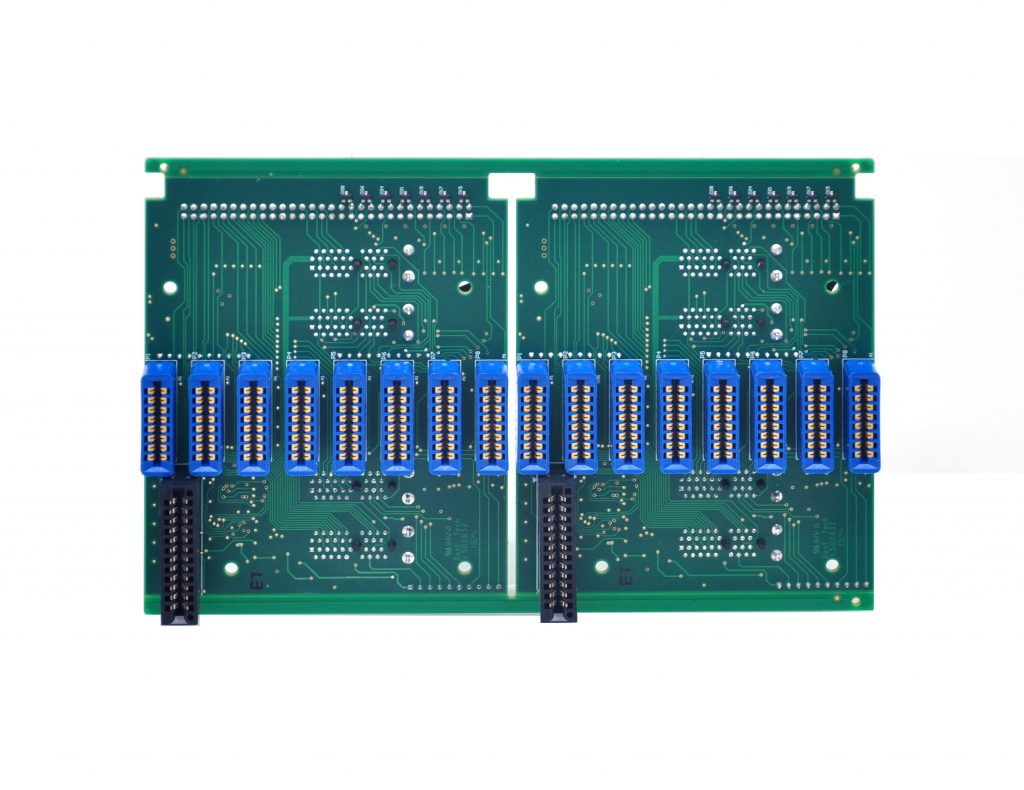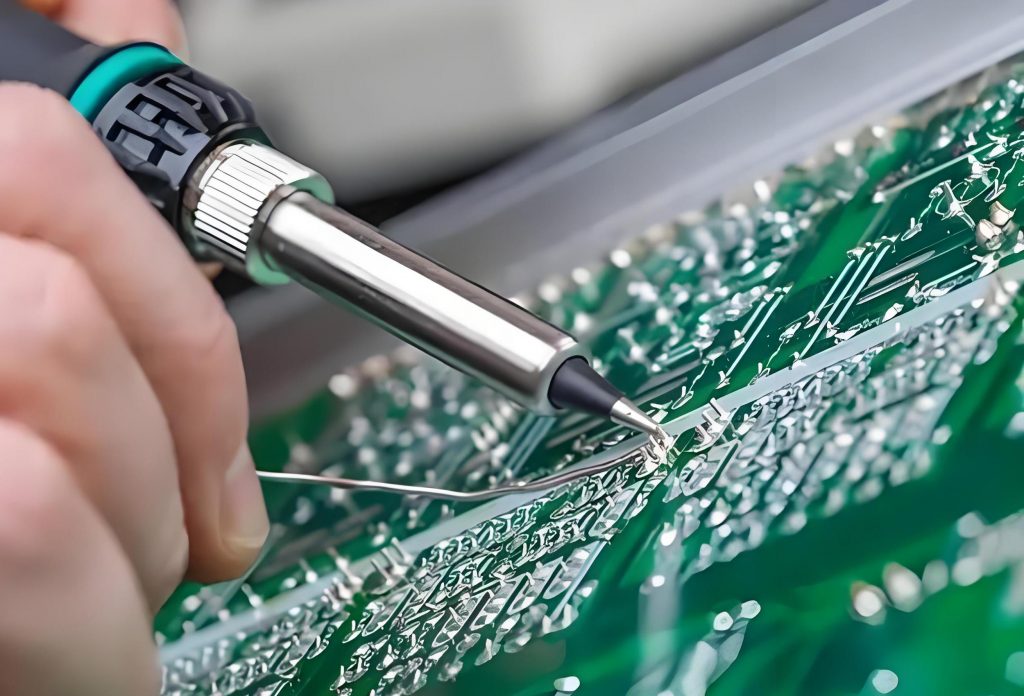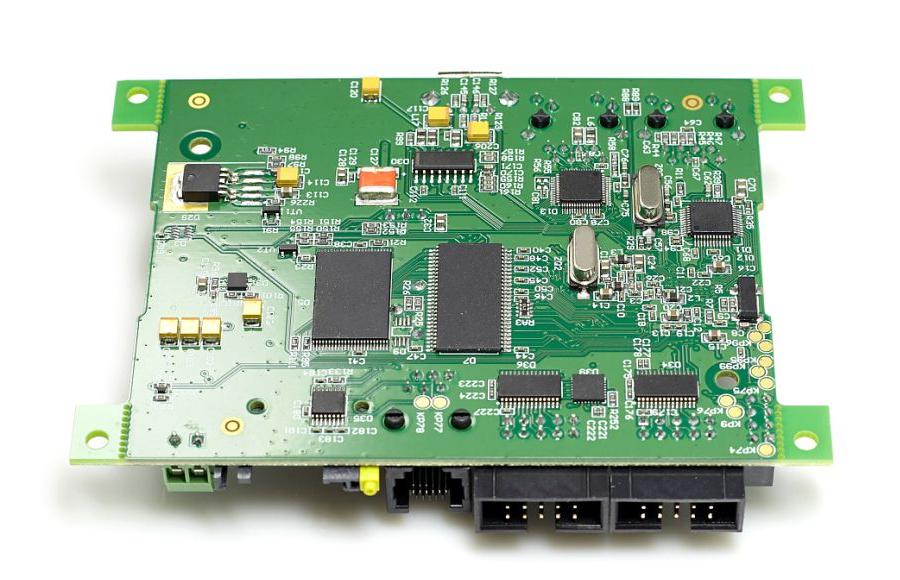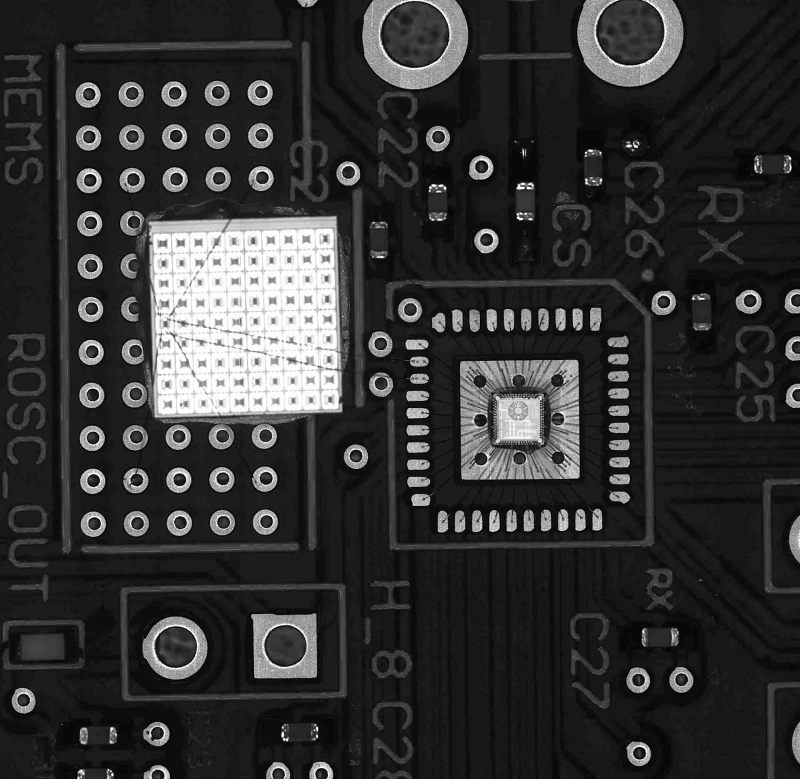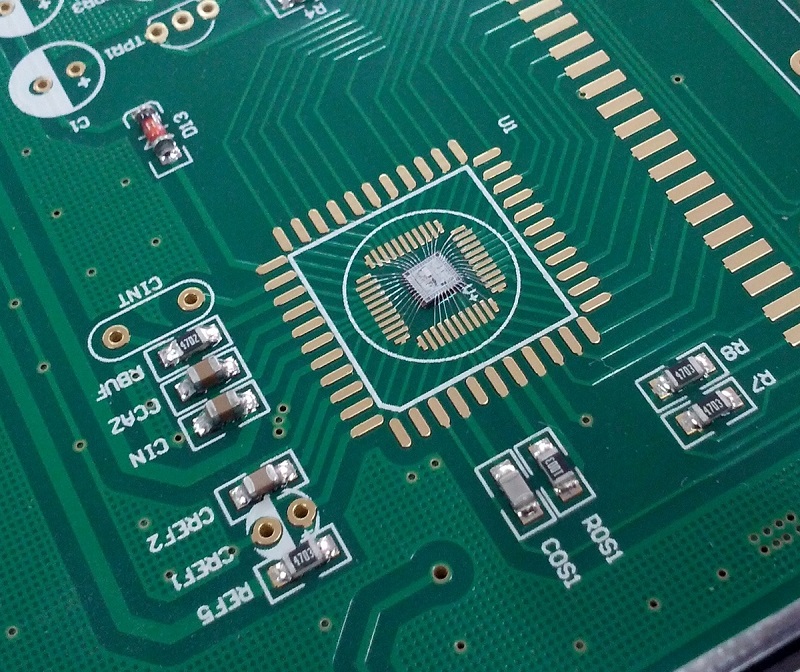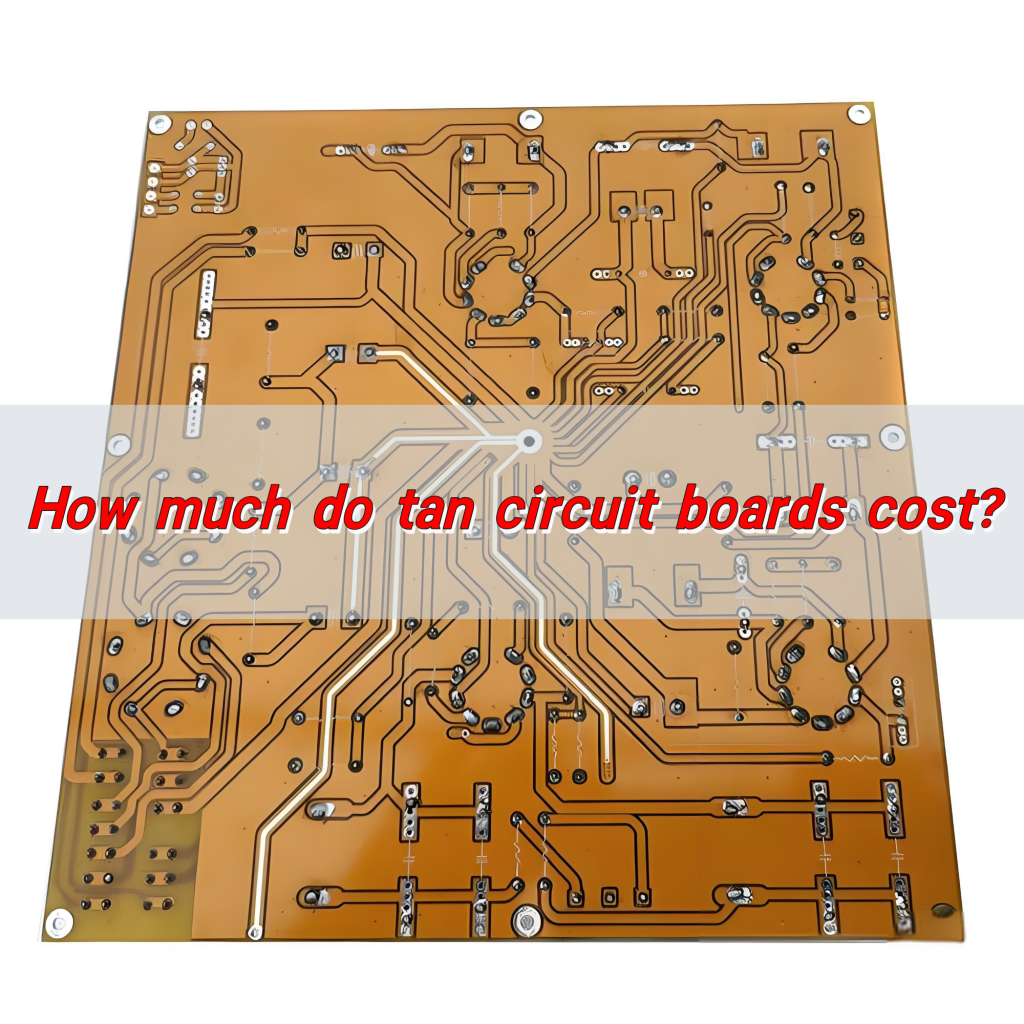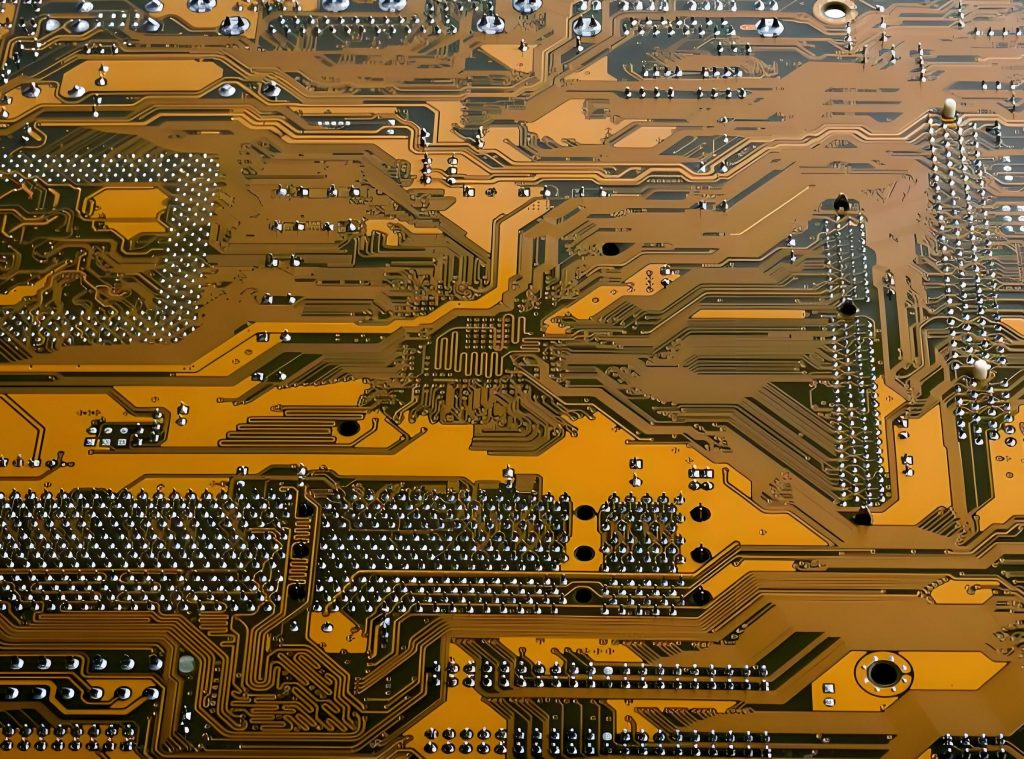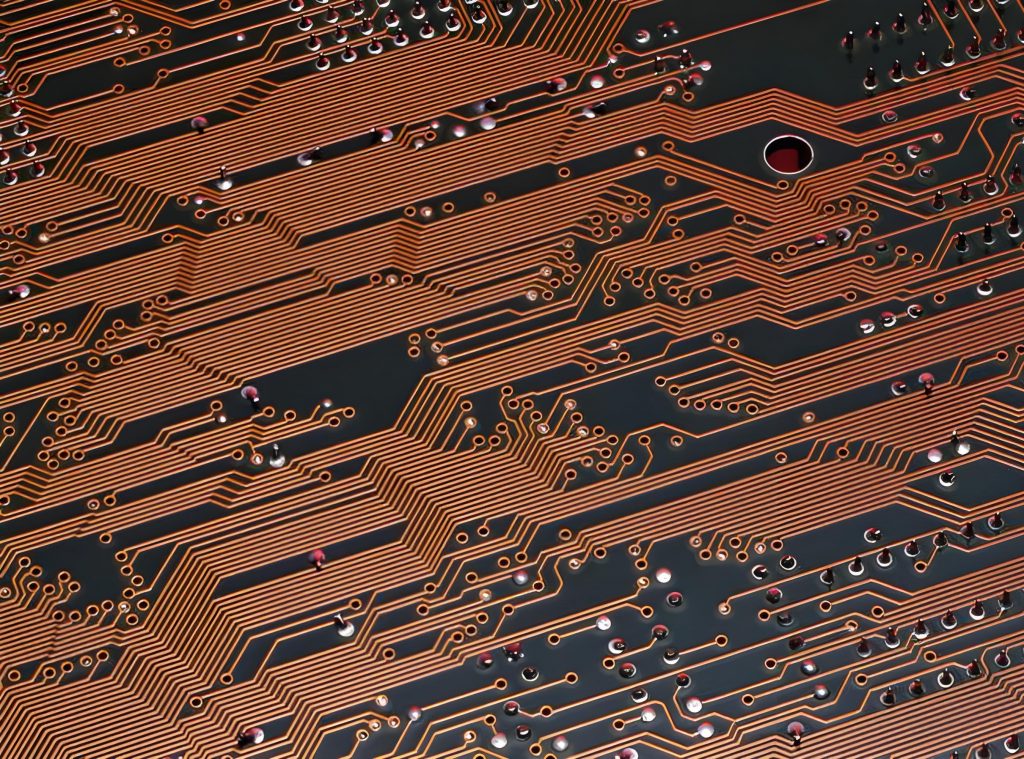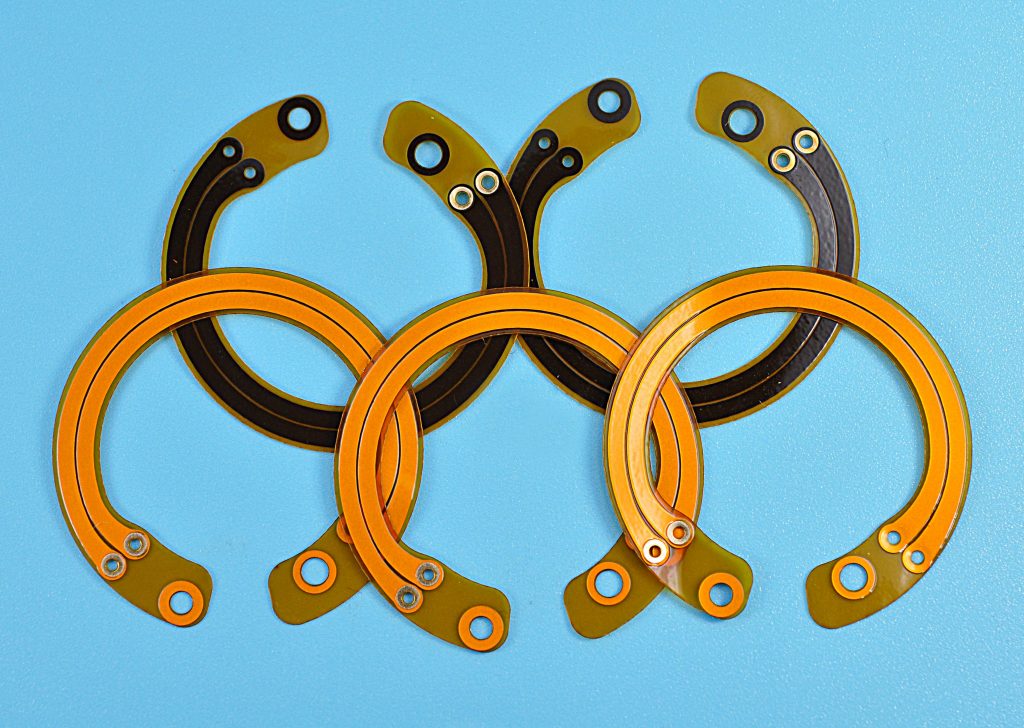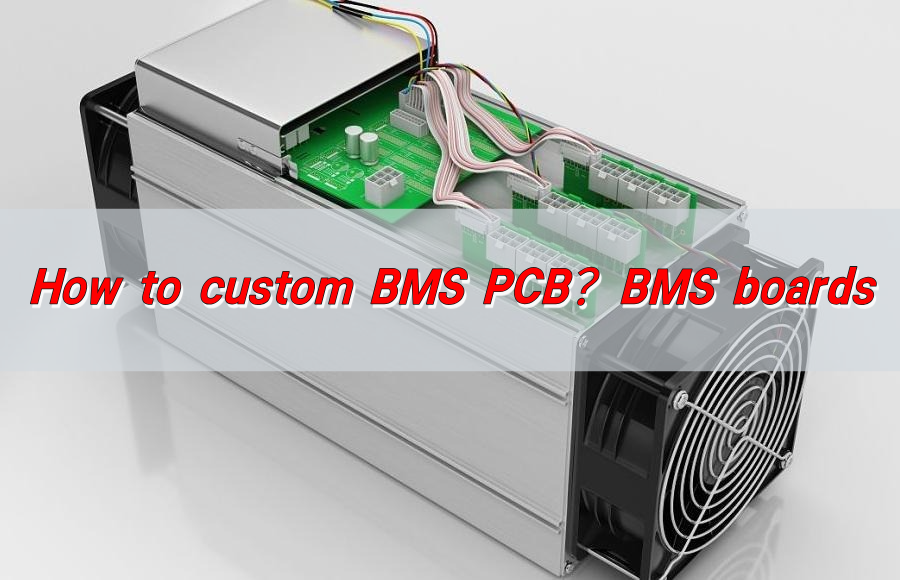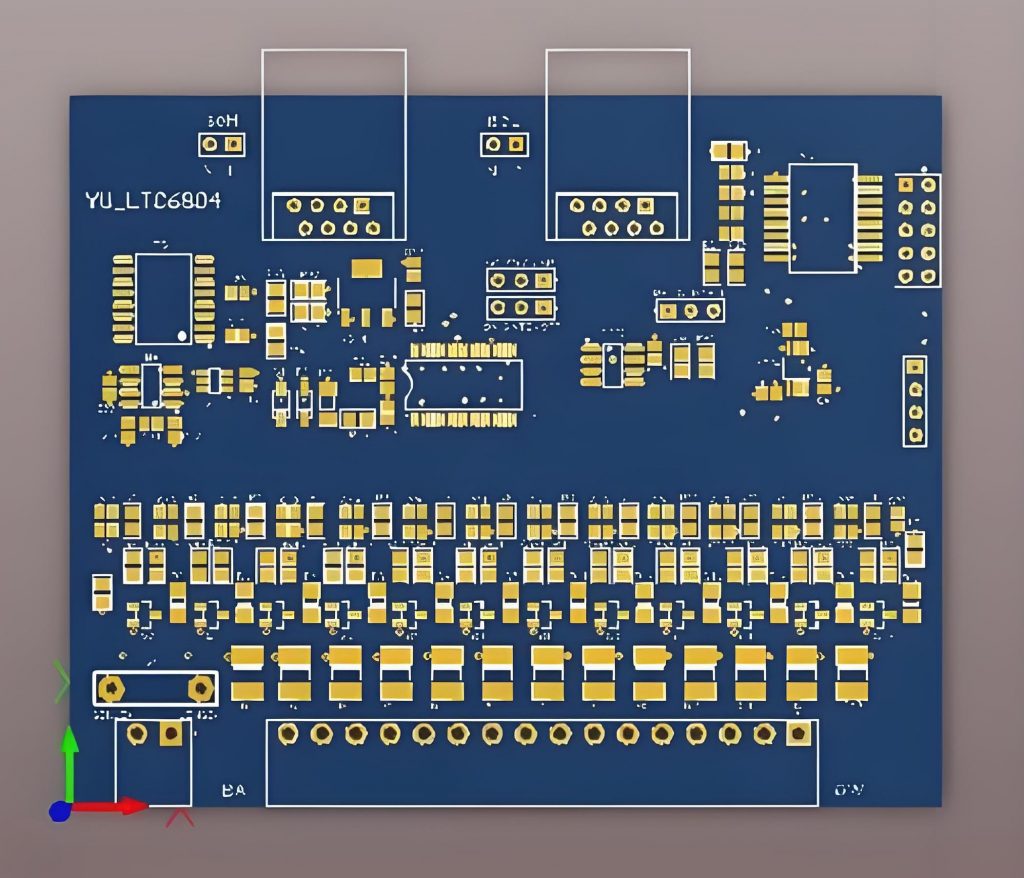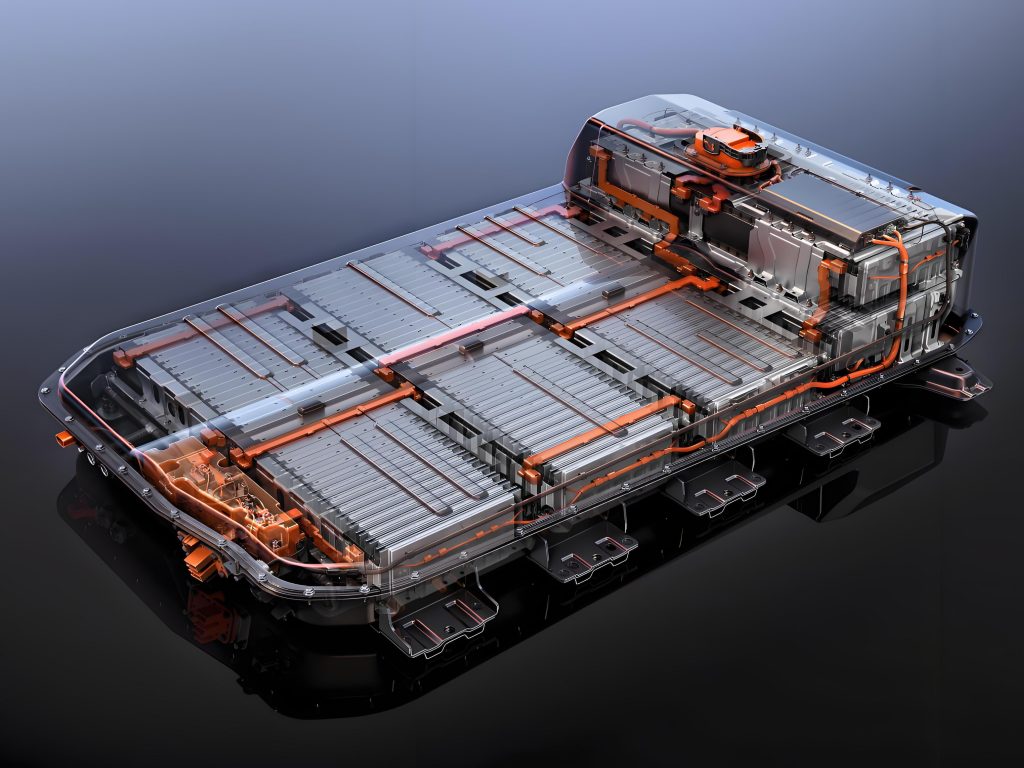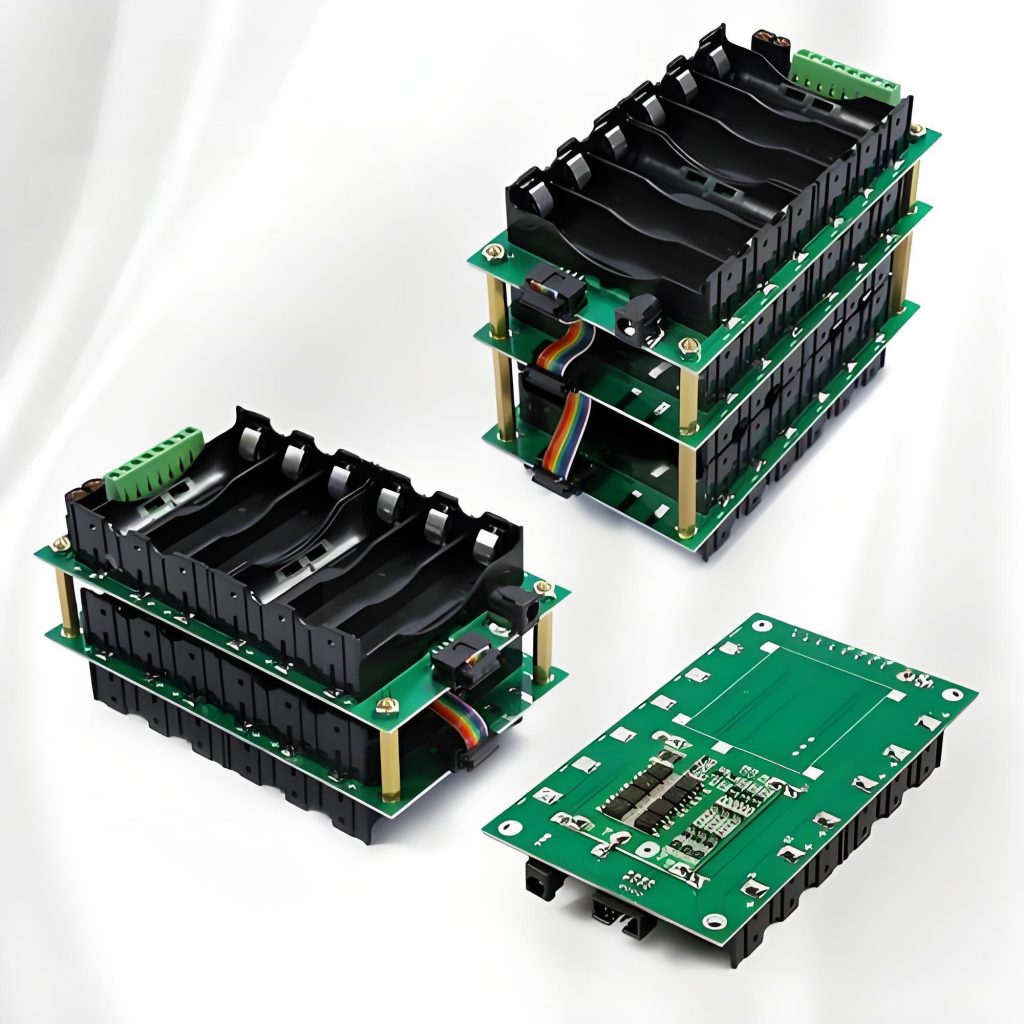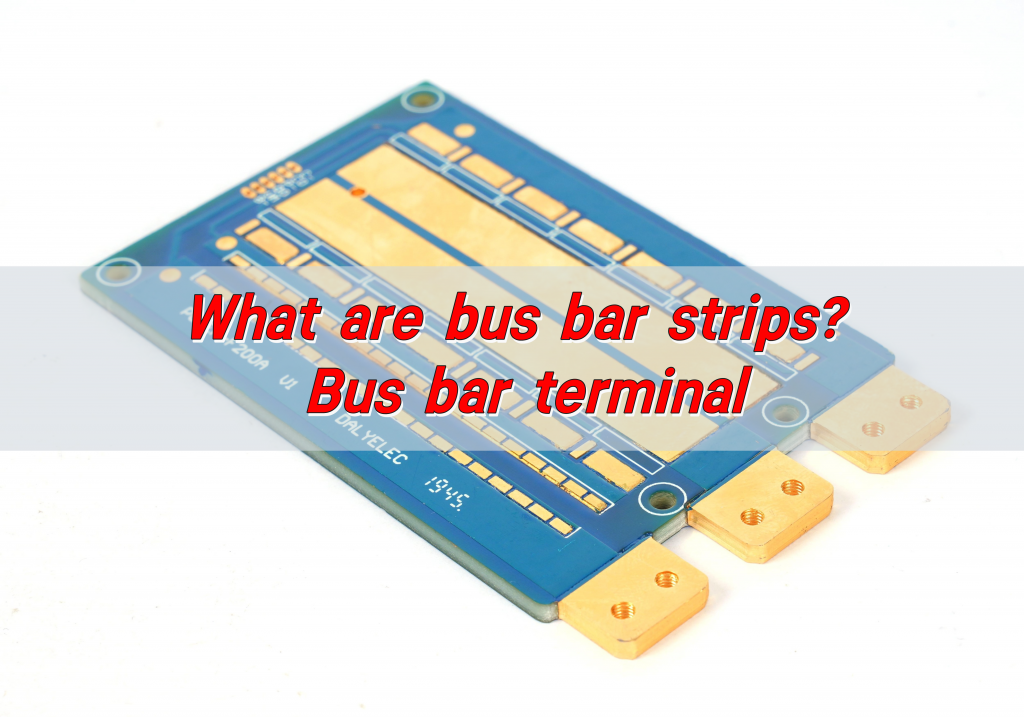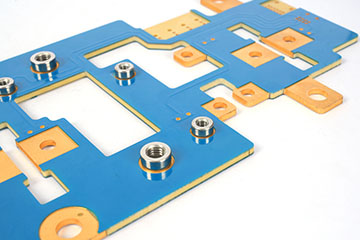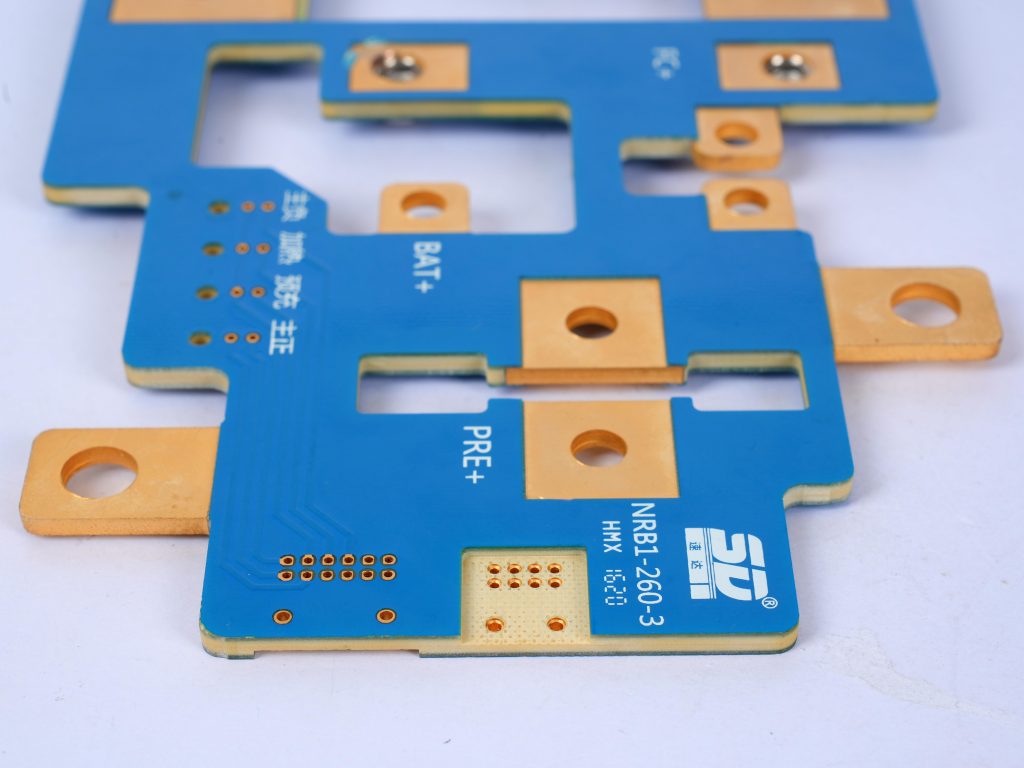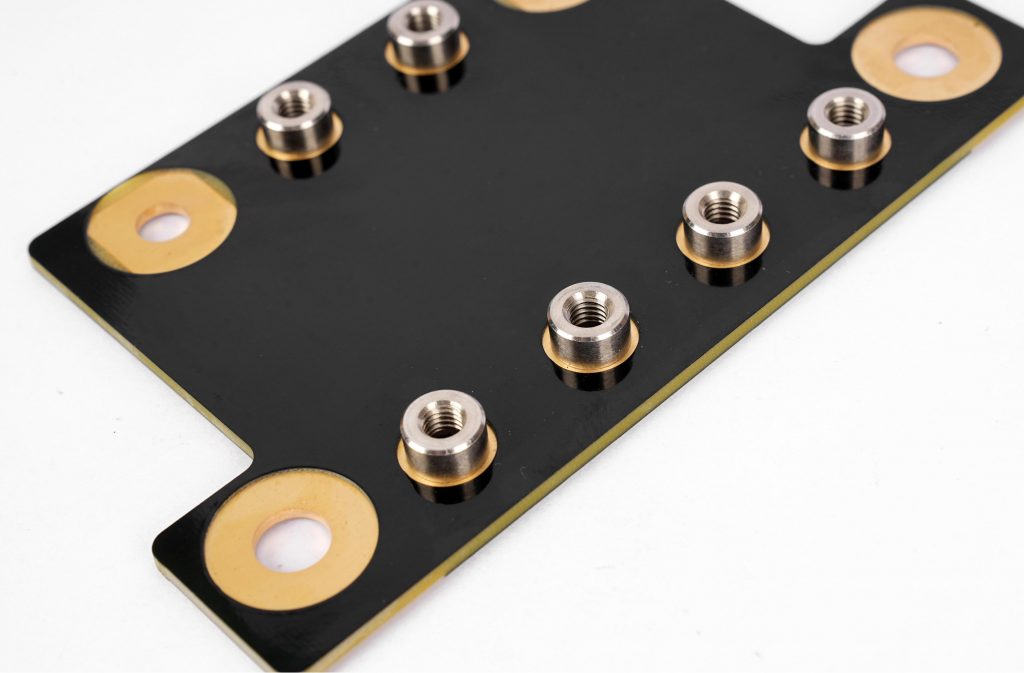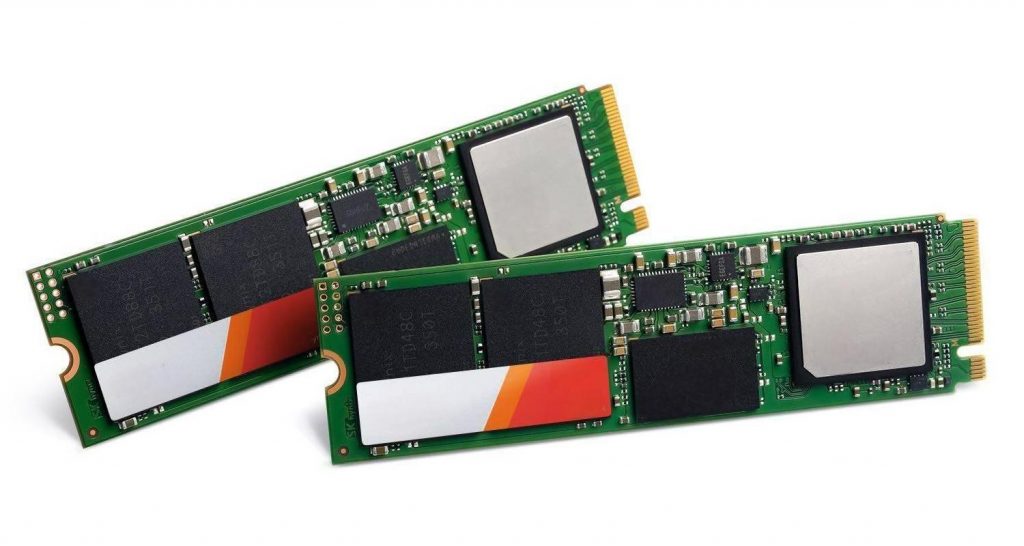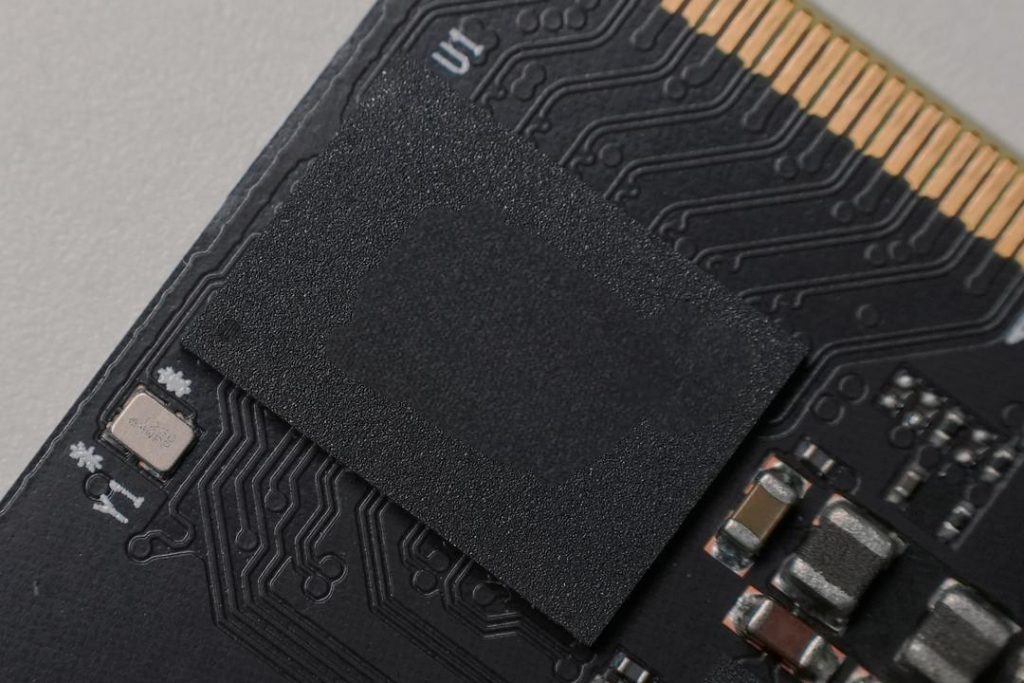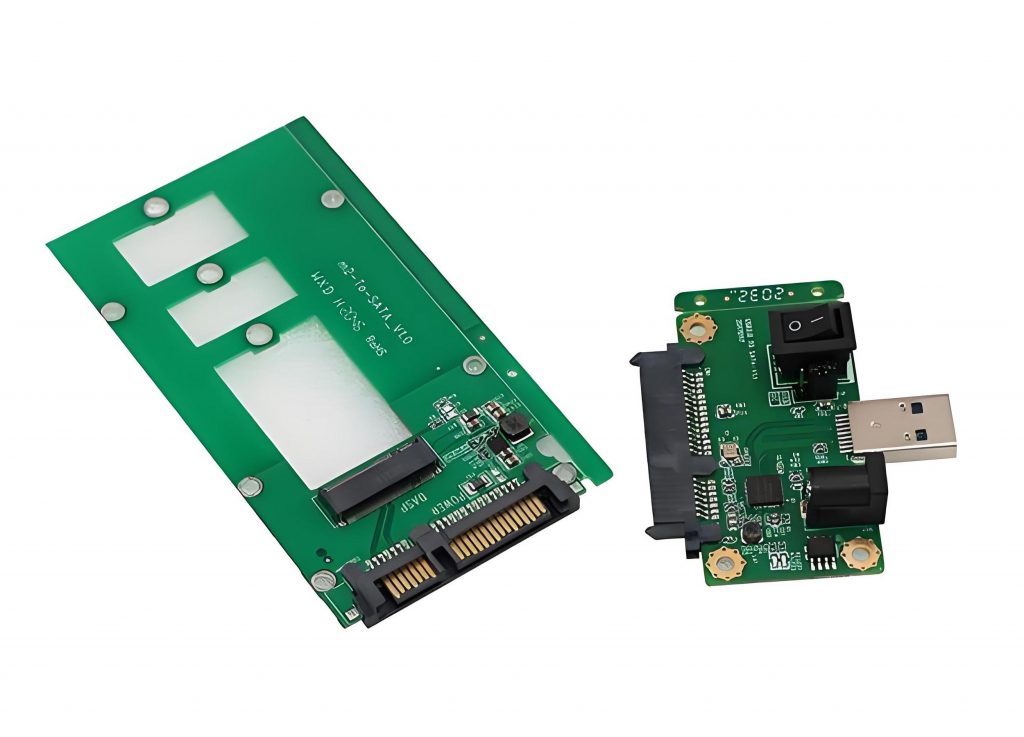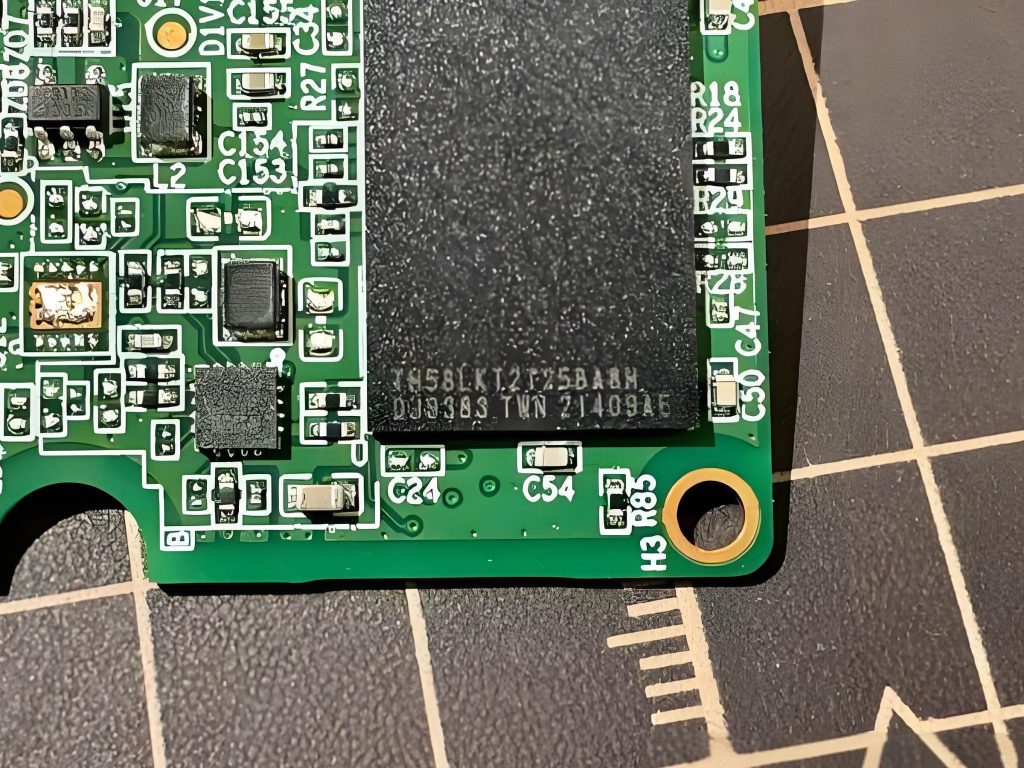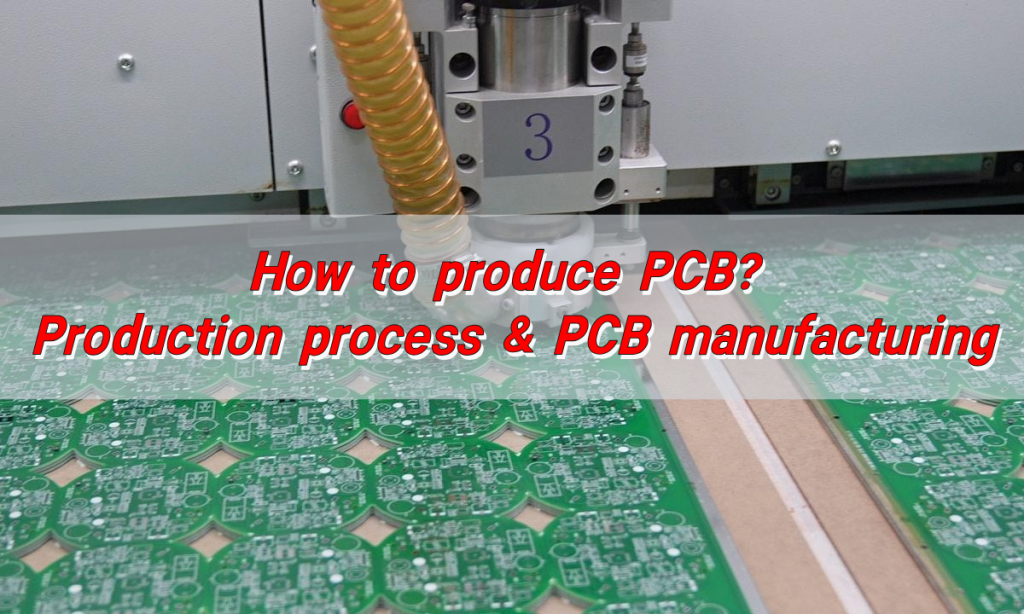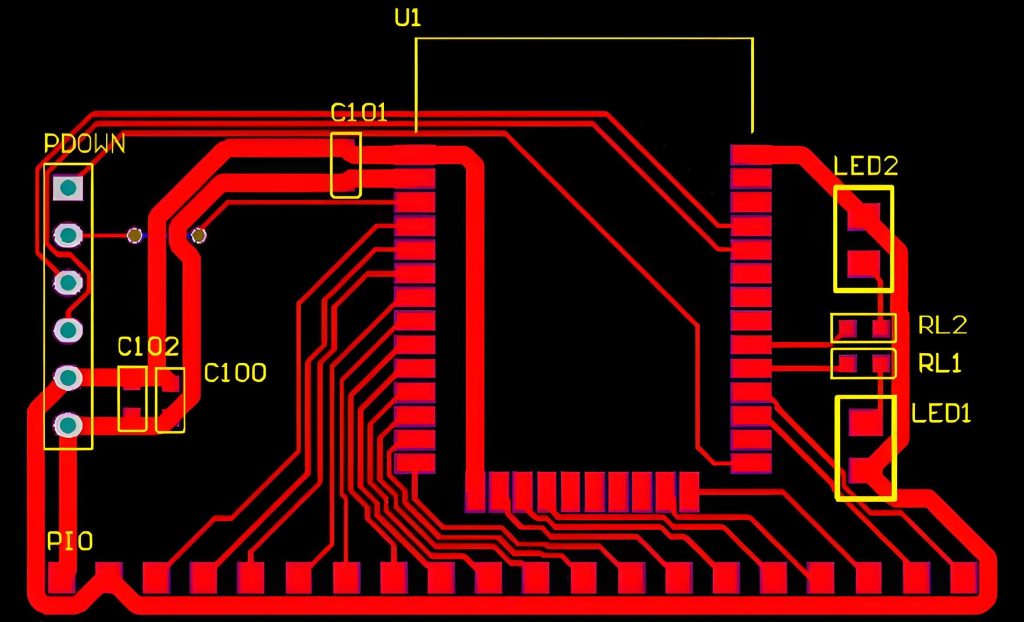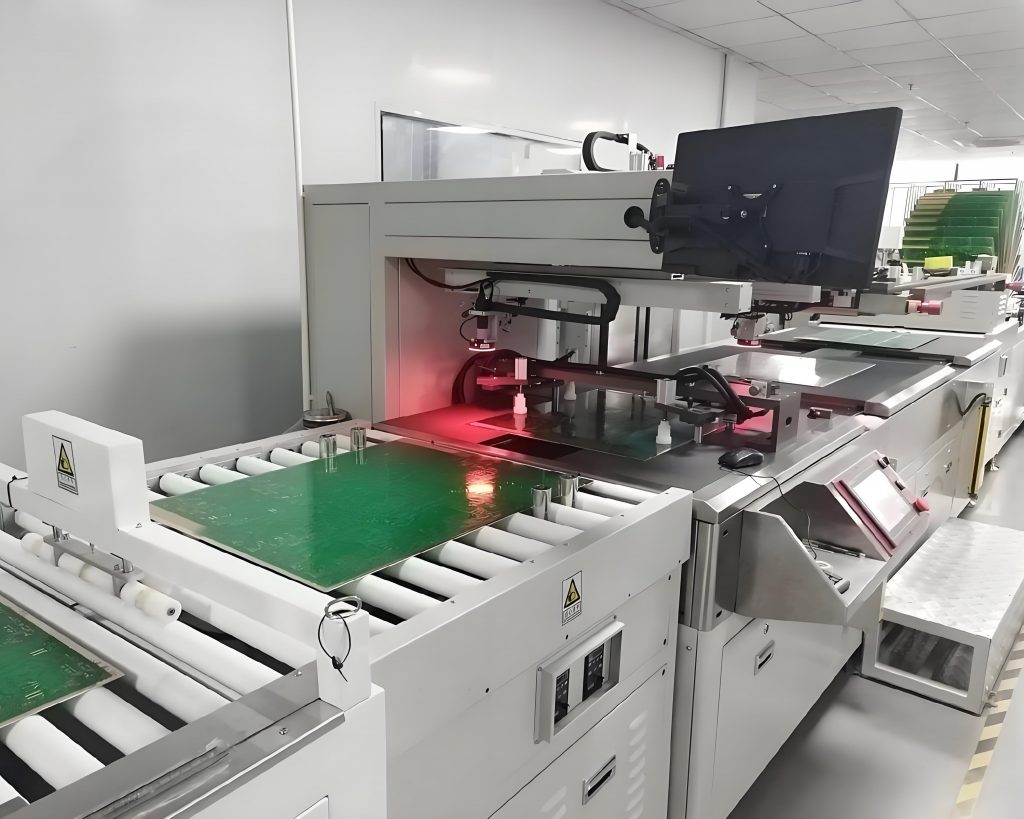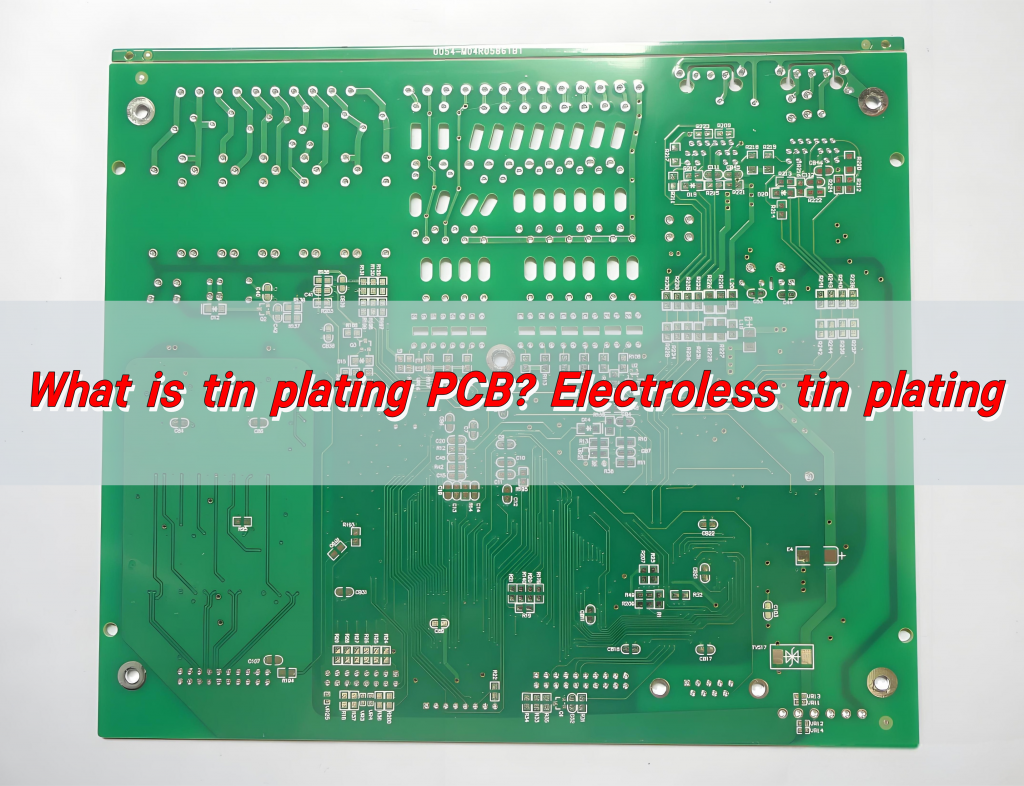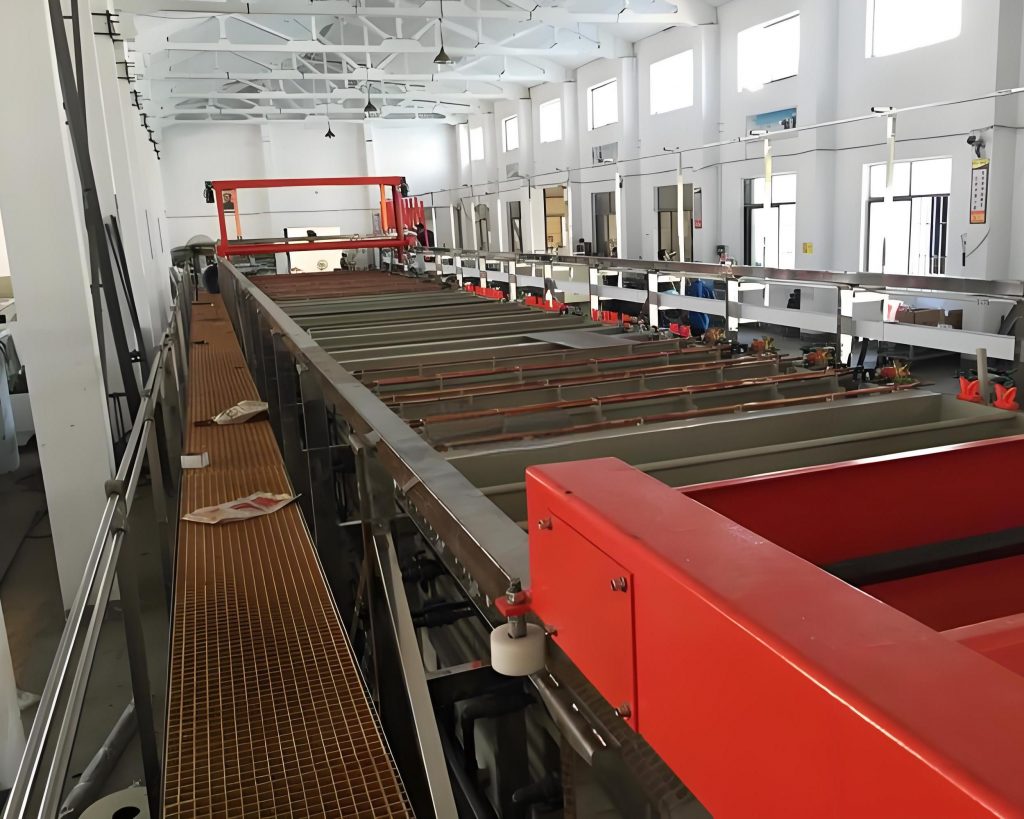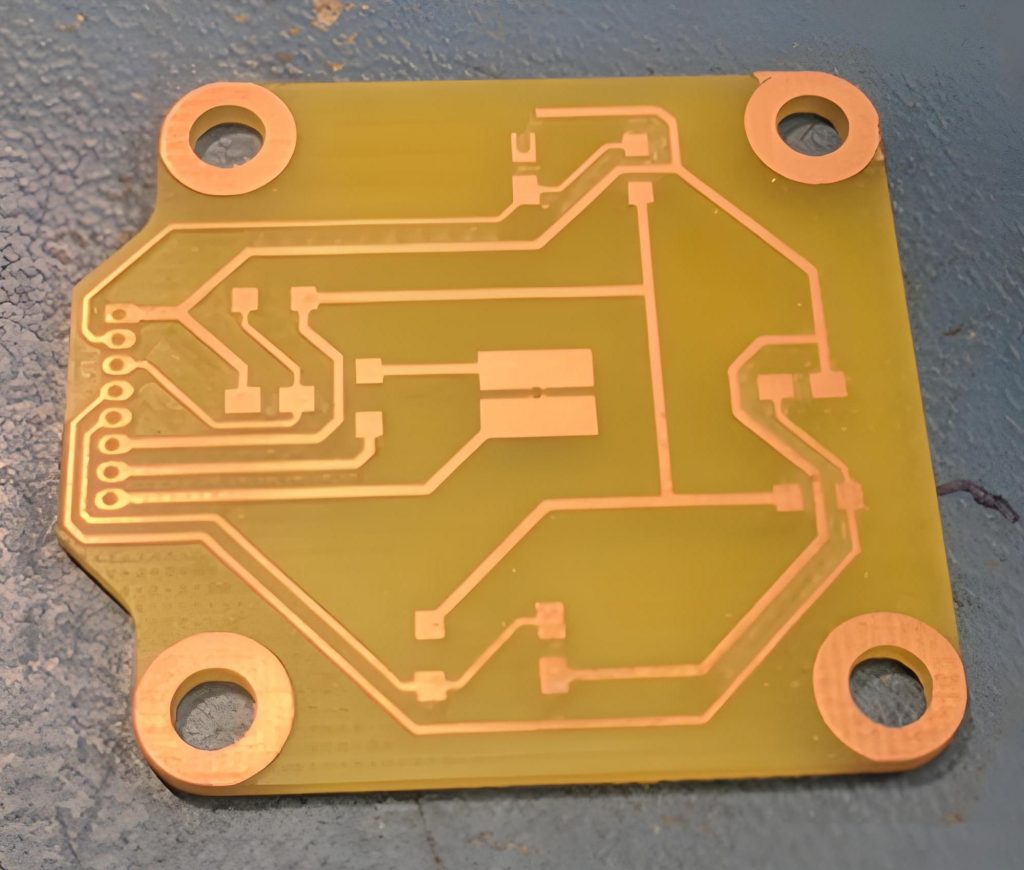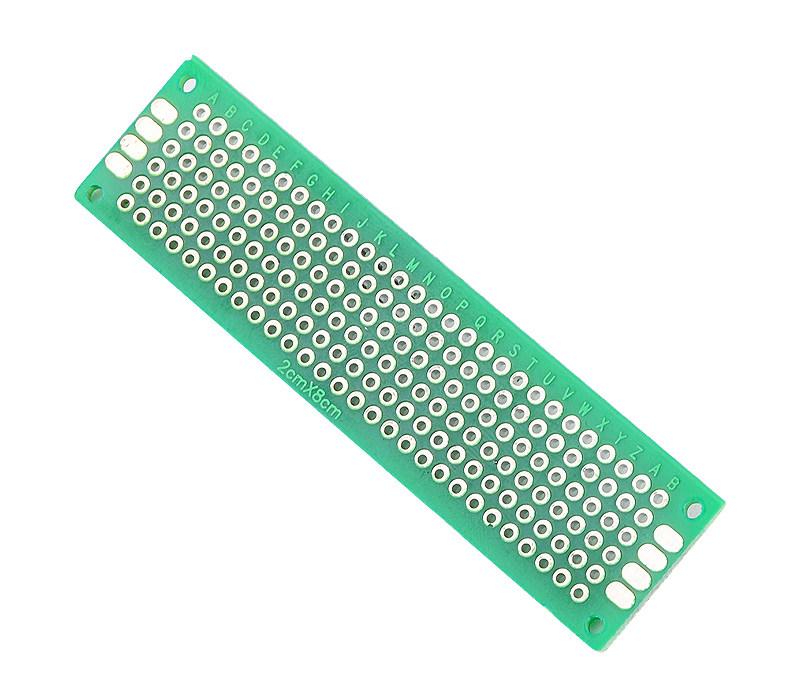What is VCUT in PCB? VCUT in PCB is a V-shaped cutting process, which is used to pre-cut V-shaped grooves on PCB boards to facilitate the subsequent separation of panels into individual PCB boards. VCUT is usually used to improve production efficiency, reduce material waste, and ensure convenience and reliability during the separation process.
What is a VCUT?
In the simplest terms, VCUT (also referred to as V-grooving) is a technique used in the PCB manufacturing process to create separation lines between individual PCBs within a panel.
The “V” shape refers to the groove that is milled or etched into the PCB panel along the designated cutting lines. These grooves are typically one-third of the thickness of the PCB, ensuring that the boards can be easily separated later with minimal stress.
Unlike traditional cutting methods that involve more physical force or mechanical pressure, VCUT offers a controlled and precise way of creating separation, allowing manufacturers to handle larger panels while preserving the integrity of the individual PCBs.
What is VCUT in PCB?
In the context of PCB manufacturing, VCUT is a technique employed to prepare PCBs for depaneling, the process of separating individual boards from a larger panel.
The V-shaped grooves are cut along predetermined paths, which weakens the area between each PCB, allowing them to be broken apart easily.
VCUT is used primarily for single-sided or double-sided PCBs that have simple, regular shapes. Itâs particularly popular in high-volume production because it significantly reduces the labor and time involved in depaneling.
However, VCUT requires careful planning to ensure that the depth and angle of the grooves do not compromise the PCB’s quality or the integrity of the components.
How Are PCBs Cut?
There are several methods used to cut PCBs during the manufacturing process, each suited for specific needs and types of designs. Here are the most common techniques:
- VCUT (V-Grooving): This method creates a V-shaped groove between individual PCBs, allowing them to be separated by simply bending along the groove. This process is simple, cost-effective, and efficient for high-volume runs of PCBs with straightforward designs.
- Router Cutting: Router cutting uses rotating blades to cut along a pre-programmed path. Router cutting allows for precise cuts, but can take longer compared to V-cutting.
- Laser Cutting: Laser cutting employs a laser beam to vaporize the material along a path. This method is precise and can cut through both rigid and flexible materials. However, it is slower and more expensive than V-cut or router cutting, making it ideal for high-precision applications or prototyping.
- Punching: Punching involves using a die to punch out individual PCBs from a panel. This method is fast and works well for simple designs. However, it can result in rough edges and requires additional tooling costs.
- Sawing: Sawing uses a rotating blade to cut through the PCB panel. This method can handle thick panels but tends to create heat during cutting, which could potentially damage sensitive components.
Each method has its pros and cons, but VCUT remains one of the most popular choices for high-volume production due to its speed, simplicity, and low cost.
What Are the Different Types of PCB Cutting?
The different types of PCB cutting are:
- VCUT (V-Grooving): Ideal for separating individual PCBs along a predefined path.
- Router Cutting: Uses rotating tools for cutting along complex shapes.
- Laser Cutting: Utilizes lasers for precise cutting, ideal for intricate designs.
- Punching: A fast, high-volume method that uses a die to punch out PCBs.
- Sawing: Uses blades to cut thick panels but can create heat that damages components.
Can I Cut PCB with Scissors?
Cutting with scissors can lead to imprecise cuts, jagged edges, and potential damage to the PCB or its components. The pressure applied when cutting with scissors could also cause the PCB to bend or crack, rendering it unusable.
Itâs always best to use proper equipment designed for PCB cutting, such as a router, laser cutter, or, most commonly, the VCUT method.
What is the V-Cut Process?
The VCUT process consists of several critical steps:
- Designing the Panel: Before the cutting process, a PCB designer arranges multiple circuit boards into a panel to optimize space.
- Creating V-Grooves: After the panel is designed, V-shaped grooves are cut along the designated paths between the individual PCBs. The depth and angle of the grooves are carefully controlled to ensure proper separation.
- Soldering Components: The components are mounted and soldered onto the PCB before the V-cuts are made. This allows for efficient handling and processing of the entire panel before the boards are separated.
- Separation: After soldering, the individual PCBs are separated by bending the panel along the V-grooves. The grooves weaken the PCB at specific points, allowing for easy breakage without causing stress on the components.
- Testing and Inspection: After the separation process, each PCB is carefully tested to ensure it meets the required specifications.
What Are the Rules for VCUT PCB?
When performing VCUT on a PCB, there are several important rules to follow:
- Groove Depth: The depth of the V-cut should typically be one-third of the thickness of the PCB. This ensures that the boards can be separated easily without compromising their structural integrity.
- Groove Angle: Common angles for VCUT are 30°, 45°, or 60°, depending on the thickness and material of the PCB.
- Component Clearance: Ensure that components are placed at least 1mm away from the V-groove to avoid damaging them during the separation process.
- Panel Design: The layout of the PCB panel should allow for V-grooves to be placed without interfering with critical components or circuits.
What is the Angle of a PCB V-Cut?
The angle of a PCB V-cut typically ranges from 30° to 60°. The most commonly used angle is 45°. The specific angle chosen depends on the thickness of the PCB and the materials used.
A steeper angle may facilitate easier separation, but it requires greater precision and control during the cutting process.
ConclusionïŒ
Understanding the VCUT process is essential for anyone involved in PCB manufacturing or assembly. It provides a precise, efficient way to separate PCBs from a panel, ensuring the boards maintain their integrity and functionality.
At Best Technology, we are experts in PCB manufacturing and VCUT techniques. Please contact us at sales@bestpcbs.com. We look forward to working with you!



